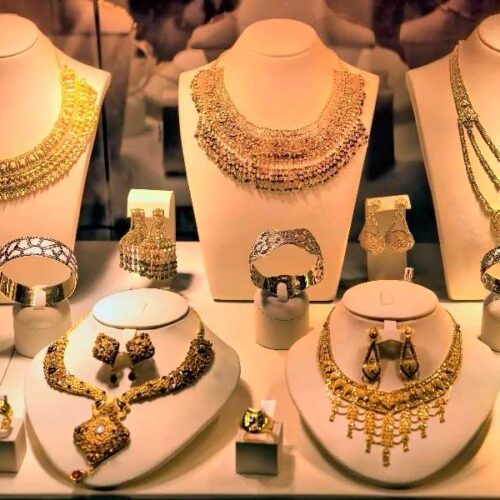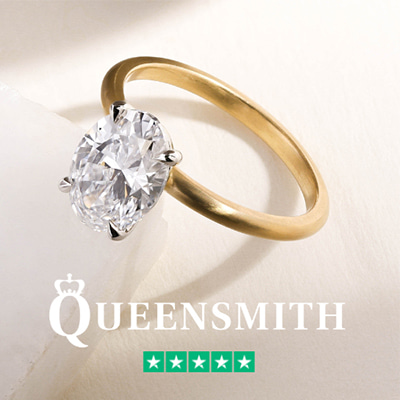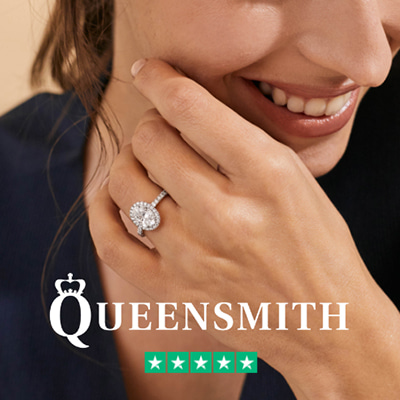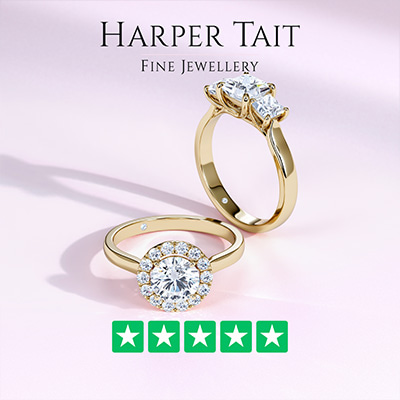India’s government told the Supreme Court on April 18 that it will not request the return of the 106-carat Koh-i-Noor diamond, which is now part of the British crown jewels.
India’s solicitor general told the court, during a petition filed by a rights group asking for the return of the diamond, that Britain shouldn’t have to give the diamondback because it had been given freely to the British in the mid-19th century by the family of Punjab’s Maharaja Ranjit Singh, and had been “neither stolen nor forcibly taken by the British.”
The diamond is on display in the Tower of London, set in front of the Queen Mother’s crown.
For some Indians, the loss of the Koh-i-Noor is symbolic of India’s subjugation under British colonial rule, and its return is viewed as partial compensation for centuries of economic exploitation.
The Koh-i-Noor, which means “Mountain of Light,” was discovered in the Golconda mines in the current southern state of Andhra Pradesh. The large, un-tinted diamond then passed between Mughal princes, Iranian warriors, Afghan rulers and Punjabi Maharajas before it was given in 1849 to the East India Company, which then offered it to the then British queen.
Now that’s settled, perhaps the present Queen can finally relax and fully enjoy her 90th!
The Koh-i-Noor made its first appearance in popular culture in The Moonstone (1868), a 19th-century British epistolary novel by Wilkie Collins, generally considered to be the first full-length detective novel in the English language. In his preface to the first edition of the book, Collins says that he based his eponymous “Moonstone” on the histories of two stones: the Orlov, a 189.62-carat (37.9 g) diamond in the Russian Imperial Sceptre, and the Koh-i-Noor.


















